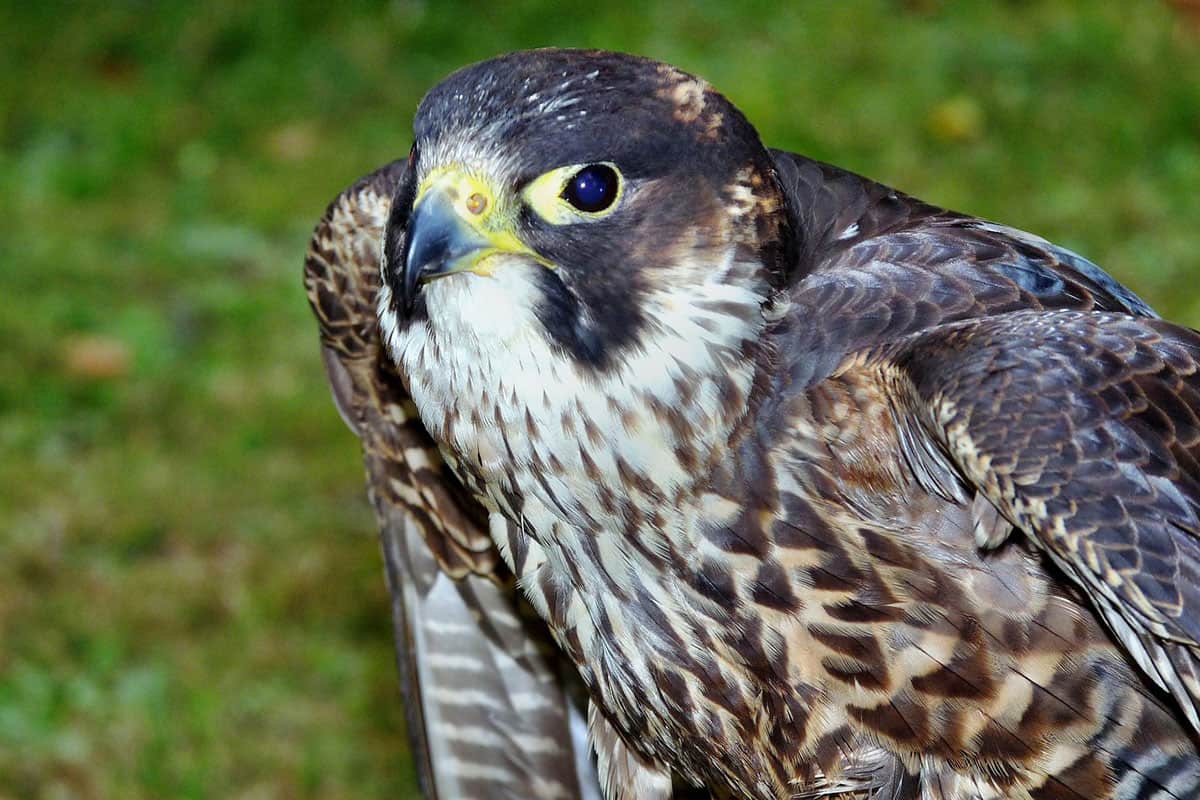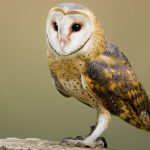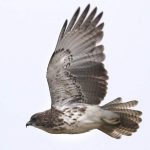Common Name: Peregrine Falcon
Scientific Name: Falco peregrinus| Size | Diet | Range in Hawaii | Status in Hawaii |
|---|---|---|---|
| 15 in. 18 in. | shorebirds, ducks, grebes, gulls, pigeons, and songbirds | Hawaii (island) | least concern |
Falcons are fast-moving birds that prey on other birds. There are approximately 40 different species of falcons worldwide, one of which is a bird of prey known as the Peregrine falcon, which is also known as the fastest animal on the planet.
It is one of the most recognizable birds in the world, capable of reaching speeds of 200 miles per hour. As a result, they are a symbol of power, speed, and freedom. There is still much to learn about this amazing bird, so here is some information for you.
Peregrine falcon
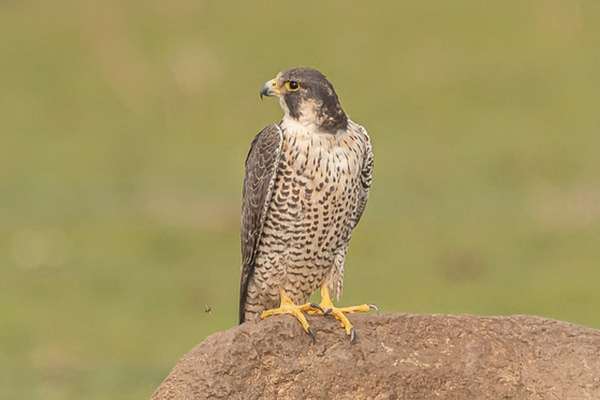
Scientific Name: Falco peregrinus
Appearance
Peregrine falcons are a species of bird in the falcon family. These birds have wingspans ranging from 3 feet to 3.6 feet and weigh nearly 1 kilogram.
They have short tails, long legs, and large feet for perching on vertical surfaces. Their feathers are dark blue-gray with white markings that vary depending on the species.
Females have pale reddish-beige chests and brownish stripes on their bellies. They’re more marked than males, who have solid white throats and upper chests.
It takes 16 months for young birds to fully develop an adult falcon’s plumage. They typically begin with blue or gray plumage.
Diet
Peregrine falcons are incredible birds. They have an incredible diet that includes a wide variety of animals.
This species is a carnivore that feeds on small mammals, reptiles, and other birds. Doves, pigeons, songbirds, and shorebirds are just a few of the many birds that make up the majority of their diet. If available, the peregrine falcon will eat small mammals such as bats and rodents; however, this is much less common than eating birds in the wild.
While in flight, peregrine falcons look down to search for their prey. When prey is detected, they’ll stoop down at high speed toward it, knock it down, and bring it back to its perch.
Behavioral traits
The Peregrine Falcon is a fearsome bird with a strong hunting instinct and a high prey drive. This means that this bird will attack any easy-to-capture prey. They’re also known to have exceptional eyesight, allowing them to spot prey from long distances, even when it’s moving at high speeds. As a result, the Peregrine Falcon can hunt both in the air and on the ground.
These falcons are also among the fastest animals on the planet. They have been clocked at speeds of up to 180 miles per hour, and can reach 200 miles per hour when diving down to catch prey.
Breeding
The breeding season for this falcon species is between March and May. The peregrine falcon is a monogamous species that mate for life. They breed at the same location every season, which is most likely why they form lifetime bonds with a single bird species.
When the male begins to demonstrate his aerobatic skills by diving through the air with his wings folded back, the female will join him until a pair is formed. They’ll then begin hunting for prey together.
They lay 2 to 6 eggs per season, with only one laid every 48 hours. These eggs hatch after 35 days, and it takes another 35 to 42 days for them to learn to fly after that. After three years, they’ll reach sexual maturity and begin to look for mates during the breeding season.
Habitat
Peregrine falcons can be found in a variety of habitats, including tundra and coastal areas. They prefer open spaces like grasslands, tundra, and meadows because they need to be able to see their prey from a distance and swoop down quickly to capture it.
These species also prefer areas with cliffs or tall trees because it allows them to hunt at high speeds by diving down on unsuspecting prey below. To catch pigeons as prey, they have recently started to colonize cities with tall buildings.
Native
Peregrine falcons can be found all over the world, with a native range that includes North America, Europe, Asia, and Africa. They can be found nesting in Alaska, Georgia, Wyoming, South Dakota, Wisconsin, and Michigan in the United States.
In Canada, you can find them in Toronto and other Southern Ontario cities. They mostly nest in Southern European countries in Europe and in Asia and Africa. They nest in India, Zimbabwe, western Mozambique, and South Africa.
Hawaii
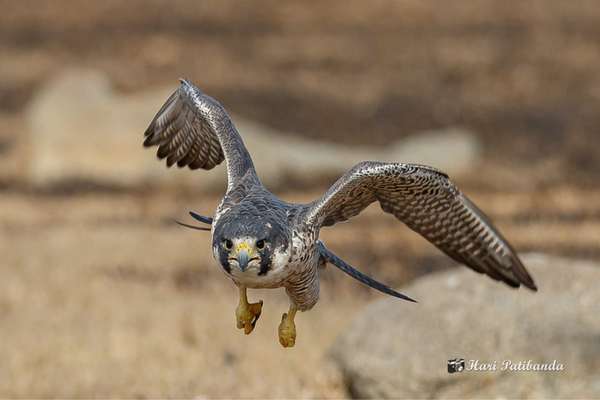
During the 1980s, peregrine falcons visited Hawaii on occasion. However, they’re becoming increasingly rare, with the most recent sighting occurring in Honolulu. They’re also known to visit the Southeastern Hawaiian Islands every year from October to May.
Conservation Status
This species was once considered endangered due to the use of pesticides, which harmed their overall health and ability to reproduce. On the other hand, human conservation has allowed peregrine falcons to thrive again by limiting pesticide use and implementing a reintroduction program. In the 1990s, these amazing birds were removed from the list of endangered species.
Interesting facts
1. They’re the fastest animal on the planet
The Peregrine falcon is the world’s fastest animal. It has a top speed of 200 mph and an average speed of 180 mph.
2. One of the most widespread birds in the world
According to NPS, the peregrine falcon is one of the most widespread birds on the planet. It’s a very successful bird that you can find on every continent except Antarctica. This is due to its adaptation to a wide range of environments, from deserts to forests to cities.
3. They’re the most famous bird used in falconry
The peregrine falcon is the most well-known falconry bird. It’s a large and powerful predator that humans have used as a hunting tool for centuries. Falconry is an ancient sport that began when people discovered they could train birds to hunt for them.
4. Birds make up 77 to 99% of their diet
They’re one of the world’s most powerful raptors (birds of prey), feeding almost entirely on other birds like pigeons, ducks, and geese.
5. Only the female is called the falcon
Female birds of prey are typically much larger than males. This is why females are referred to as “falcons,” while males are referred to as “tiercels.” Their chicks are known as “eyases.”
Frequently asked questions:
How rare is a peregrine falcon?
Despite the fact that these species can be found on almost every continent, they’re rarely seen in sight, especially in non-open areas. Their numbers are still increasing, and these fast birds are legally protected.
What eats a peregrine falcon?
In the wild, the species that usually hunt peregrine falcons are Gyrfalcons, other peregrines, eagles, and Great Horned owls.
